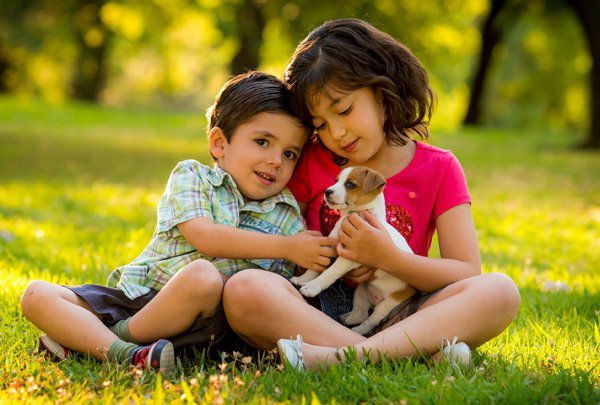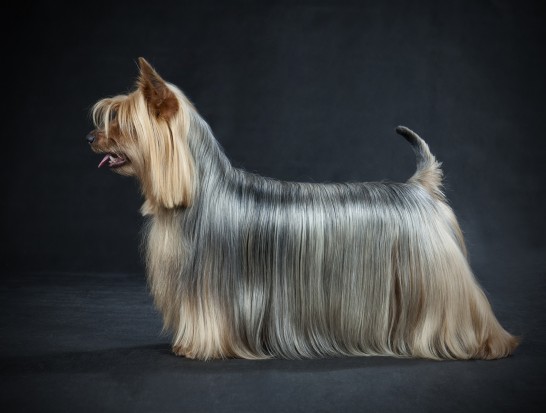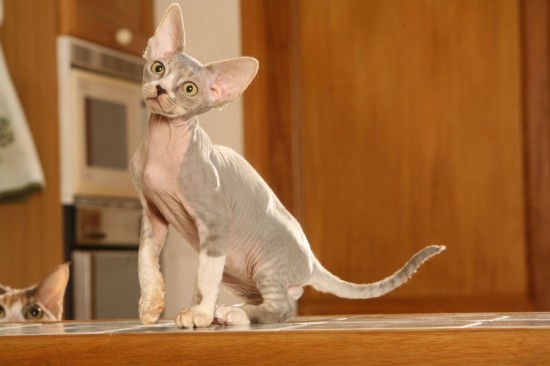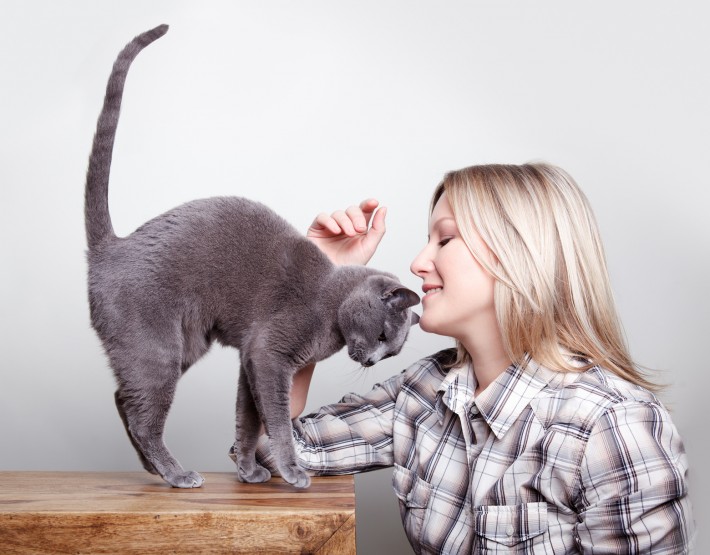The Persian cat remains one of the most popular breeds of cat in the US and around the world. With its slightly squashed face and magnificent longhaired coat, it is a memorable cat that attracts attention. But the Persian has also led to a number of other types of cats, classified in some parts of the world as breeds of their own or in some as a sub-division of the Persian. Here is a glimpse at the types of Persian cat.
Himalayan
The Himalayan is a breed that came about in the 1950s with the crossing of a Siamese and a Persian with the aim of creating a Persian that has the colorpoint pattern of a Siamese. It is called the Himalayan because the color of the points is the same shade as the Himalayan rabbit. It is also known in the UK as the Colorpoint Longhair.
Initially, it was viewed by the Cat Fanciers Association as a separate breed but since 1984, they have been merged back into the Persian category. However they register these cats differently to show they are different from the 'pure bred' Persians and allows people to follow one bloodline or another.
Exotic Shorthair
The Exotic Shorthair is a Persian with a shorthair coat and was also first seen in the 1950s. Persians were outcrossed with American Shorthair cats to keep the look of the Persian but without the long and sometimes troublesome coat. They were recognized as a new breed by the CFA in 1966 as the Exotic Shorthair, but regularly crossings back to Persians is common to retain the features.
The Exotic is very much like the Persian in personality and temperament - calm and friendly, loving with its owner and less excitable than most breeds of cat. It doesn't have the grooming needs of the Persian due to the shortness of its coat, making it perfect for someone who loves Persians but doesn't have enough time to dedicate to their care.
Chinchilla
The US saw the attempts to establish a Silver Persian under the name of the Sterling but this wasn't a success. However, cats now known as Chinchillas were a success and now come in four types, Silvers, Shaded Silvers, Goldens and Shaded Goldens. They are still part of the Persian show category in the US.
In South Africa, the success of the Chinchilla breed has been even greater, leading the Southern Africa Cat Council (SACC) to register them as a separate breed following five generations of purebred Chinchillas having been registered with them.
The Chinchilla has a longer nose than the typical Persian does so they don't suffer from the same breathing issues that can affect their cousins. They also don't suffer the tear staining that is common among Persians. The breed is also distinctive for having blue-green or green eye color only with kittens having either blue or even blue-purple eyes when born.
Conclusion
All of these cats share many similarities with the Persian as well as having their own quirks and differences. The temperament of these breeds is all very similar to the Persian meaning they are laid back cats that don't make as much noise as some breeds and aren't the most energetic. They are usually good around children, though with small children may need the same supervision as any animal. The longhaired types will need grooming, though not as much as the full Persian and all of these cats will make a loving and affectionate member of the family.

 Why You Need Leather Dog Collars Accessories?
Why You Need Leather Dog Collars Accessories?
Why You Need Leather Dog Collars Accessories?
Why You Need Leather Dog Collars Accessories?
 Is An Australian Silky Terrier The Right Choice Of Dog For You?
Is An Australian
Is An Australian Silky Terrier The Right Choice Of Dog For You?
Is An Australian
 Thinking Of Owning A Devon Rex Cat?
Thinking Of Ownin
Thinking Of Owning A Devon Rex Cat?
Thinking Of Ownin
 The 3 Most Important Things to Remember About Training Your Puppy
The 3 Most Important Things to Remember About Training Your Puppy
 Six Signs That You Might Be A Crazy Cat Lady!
Six Signs That Yo
Six Signs That You Might Be A Crazy Cat Lady!
Six Signs That Yo